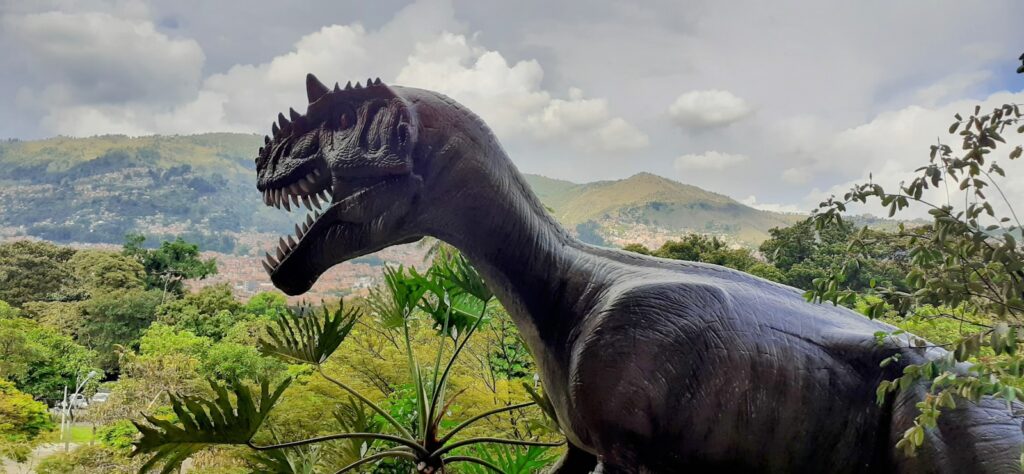Picture this: you’re sitting at your kitchen table, but instead of checking your phone or watching TV, you’re commanding a pack of velociraptors through dense jungle terrain. Your heart races as a massive T-Rex stomps across the board, shaking the very foundations of your carefully planned strategy. This isn’t some high-tech virtual reality experience – it’s the incredible world of dinosaur-themed board games, where prehistoric giants come alive through cardboard, dice, and pure imagination.
The fascination with dinosaurs never truly dies, does it? From childhood visits to natural history museums to blockbuster movies that make us jump out of our seats, these ancient creatures continue to captivate us. Board games have tapped into this primal curiosity, creating experiences that let us step into the shoes of paleontologists, park managers, and even the dinosaurs themselves.
The Paleontology Experience: Excavate and Discover
Games like “Dinosaur Island” and “Fossil” transform players into ambitious paleontologists racing against time to uncover the greatest discoveries of the Mesozoic Era. These games capture that thrilling moment when you brush away dirt and reveal a perfectly preserved fossil – except here, your discoveries directly impact your strategic options.
The mechanics brilliantly mirror real paleontology work. You’re not just randomly digging holes; you’re making calculated decisions about where to excavate, which tools to use, and how to piece together incomplete specimens. Just like real paleontologists, you might spend rounds building up your research capabilities before making that game-changing discovery.
Building Your Own Jurassic Empire
“Dinosaur Island” stands out as perhaps the most ambitious attempt to recreate the “Jurassic Park” experience in board game form. Players become theme park moguls, but instead of roller coasters, they’re building enclosures for living, breathing dinosaurs. The game doesn’t shy away from the inherent dangers – visitors can and will become dinosaur snacks if you’re not careful with your security measures.
What makes this game exceptional is how it balances the wonder of dinosaurs with the practical challenges of running a business. You’re constantly weighing profit margins against safety protocols, just like the characters in Michael Crichton’s novels. The colorful components and detailed miniatures make every game feel like directing your own prehistoric blockbuster.
Evolution in Action: Survival of the Fittest
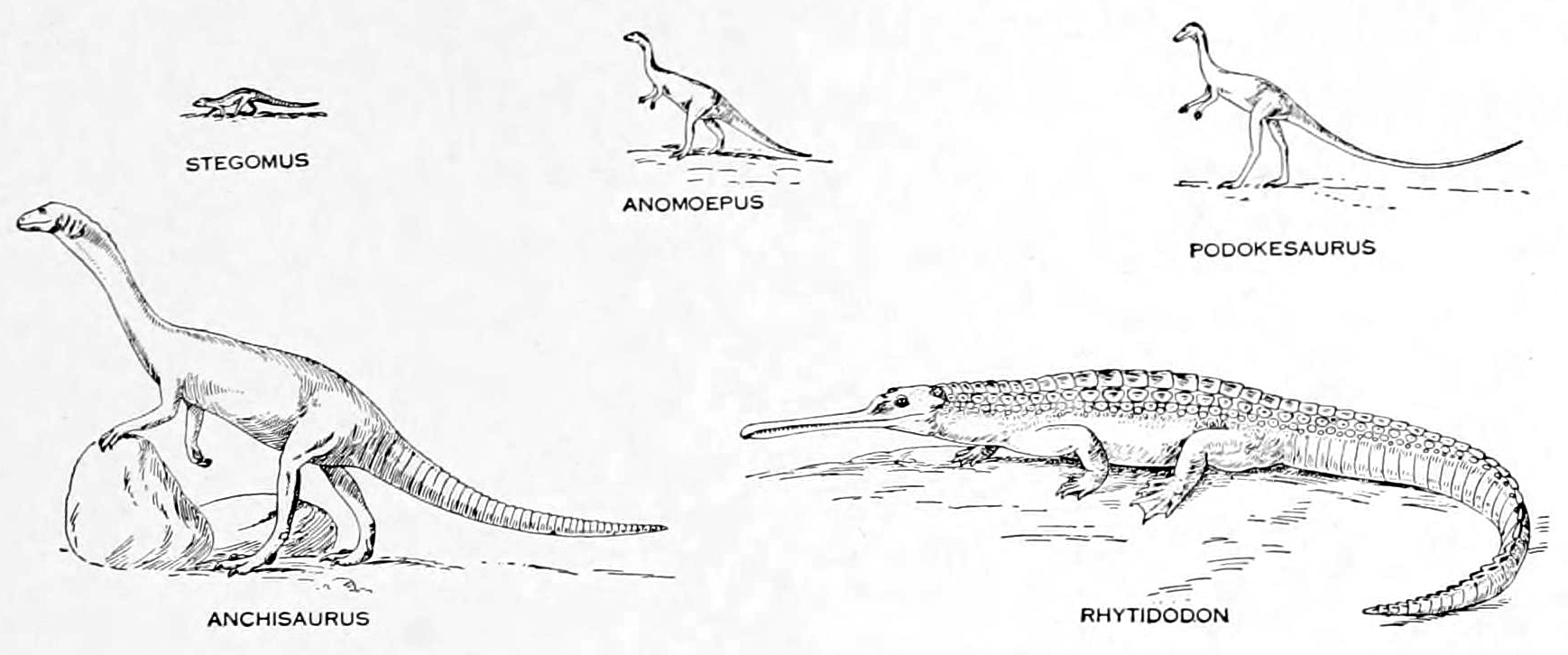
Games like “Evolution” and “Dominant Species” take a broader approach, focusing on the evolutionary pressures that shaped prehistoric life. These aren’t just dinosaur games – they’re explorations of how species adapt, compete, and survive in changing environments. Players guide their species through millions of years of natural selection, making choices that echo the real evolutionary arms races of the past.
The genius lies in how these games make abstract concepts tangible. When you give your species sharp claws to defend against predators, you’re not just playing a card – you’re participating in the same evolutionary pressures that created the fearsome raptors we know from fossils. Every adaptation tells a story of survival against impossible odds.
Time Travel Through Tactical Combat
“Raptor” offers an entirely different perspective by putting players on opposite sides of a prehistoric conflict. One player controls a cunning mother raptor protecting her babies, while the other commands a team of scientists trying to capture these magnificent creatures. The asymmetrical gameplay means each side has completely different objectives and abilities.
This game brilliantly captures the intelligence and pack mentality that made raptors such formidable predators. The mother raptor player must think several moves ahead, using stealth and misdirection to outmaneuver the better-equipped human team. It’s like a high-stakes game of chess where one player is a prehistoric killing machine.
Cooperative Adventures in Prehistoric Worlds
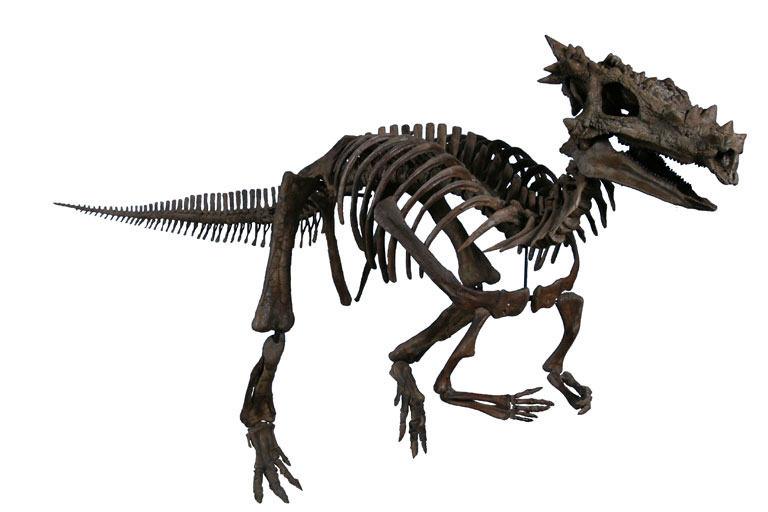
Some of the most thrilling dinosaur games are cooperative experiences where players work together against the game itself. Titles like “Dinosaur Tea Party” (despite its whimsical name) and various escape room games set in prehistoric settings force players to collaborate to survive encounters with ancient predators.
These cooperative elements mirror how early humans likely survived in a world filled with massive predators – through teamwork, communication, and shared knowledge. When you’re huddled around a board game table, desperately trying to coordinate your escape from a charging triceratops, you’re experiencing a diluted version of the same pressures our ancestors faced.
The Art of Prehistoric Storytelling
Modern dinosaur board games excel at creating narrative experiences that rival the best paleontology documentaries. Games like “Dinosaur World” don’t just give you dinosaurs to play with – they create entire ecosystems where every creature has a role and every decision ripples through the prehistoric food chain.
The storytelling happens organically through gameplay. That moment when your herbivore herd encounters a pack of carnivores isn’t just a mechanical interaction – it’s a dramatic scene that could have played out 65 million years ago. Players find themselves naturally creating narratives about their dinosaurs’ lives, struggles, and triumphs.
Educational Value Hidden in Plain Sight
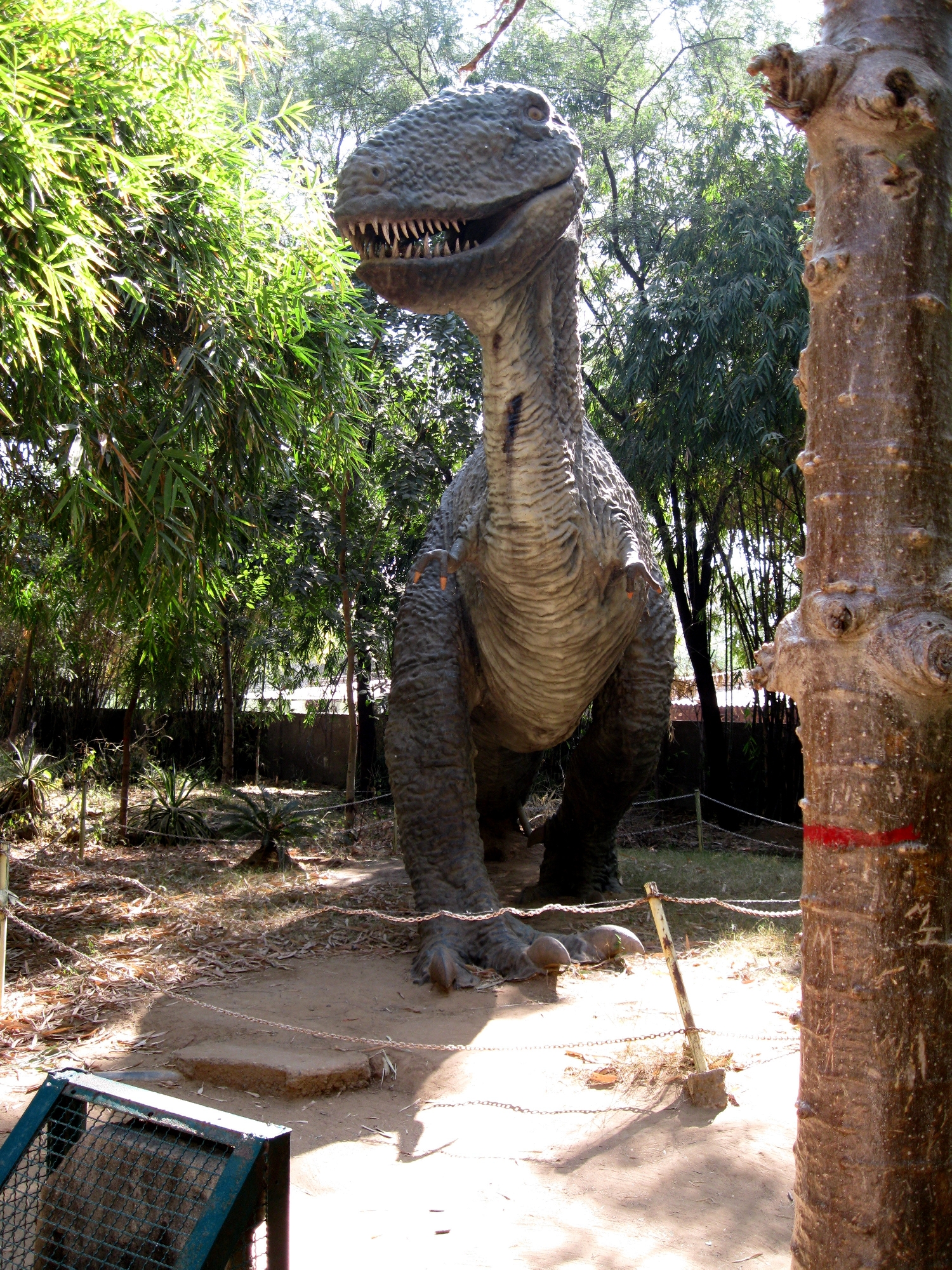
What many players don’t realize is how much real paleontology they’re absorbing while having fun. Quality dinosaur board games are meticulously researched, incorporating the latest scientific discoveries about dinosaur behavior, ecology, and evolution. When you learn that certain dinosaurs were better suited for different environments in the game, you’re learning actual paleontological facts.
Children especially benefit from this stealth learning approach. They’re so engaged in the gameplay that they don’t realize they’re absorbing information about prehistoric ecosystems, geological time periods, and extinction events. It’s education disguised as entertainment, and it’s surprisingly effective.
The Social Dynamics of Prehistoric Gaming
Dinosaur board games create unique social experiences that digital games struggle to replicate. There’s something magical about gathering around a table with friends or family, each taking on the role of different prehistoric creatures or paleontologists. The face-to-face interaction adds layers of diplomacy, negotiation, and emotional investment that screen-based games can’t match.
These games often become the centerpiece of memorable evenings. Years later, players still talk about “that time the T-Rex escaped” or “when we discovered the perfect triceratops skeleton.” The shared experience of bringing dinosaurs back to life creates lasting bonds between players.
Complexity Scales for Every Player
The beauty of modern dinosaur board games lies in their accessibility. Simple games like “Dino Hunt Dice” can engage young children with basic probability concepts, while complex strategy games like “Dominant Species” challenge experienced gamers with intricate ecological simulations. There’s literally a dinosaur game for every skill level and interest.
This scalability means families can grow with their games. A child who starts with simple dinosaur-themed games might eventually graduate to more complex paleontology simulations, maintaining their interest in prehistoric life throughout their development. The games serve as stepping stones to deeper scientific understanding.
The Technology Behind the Magic
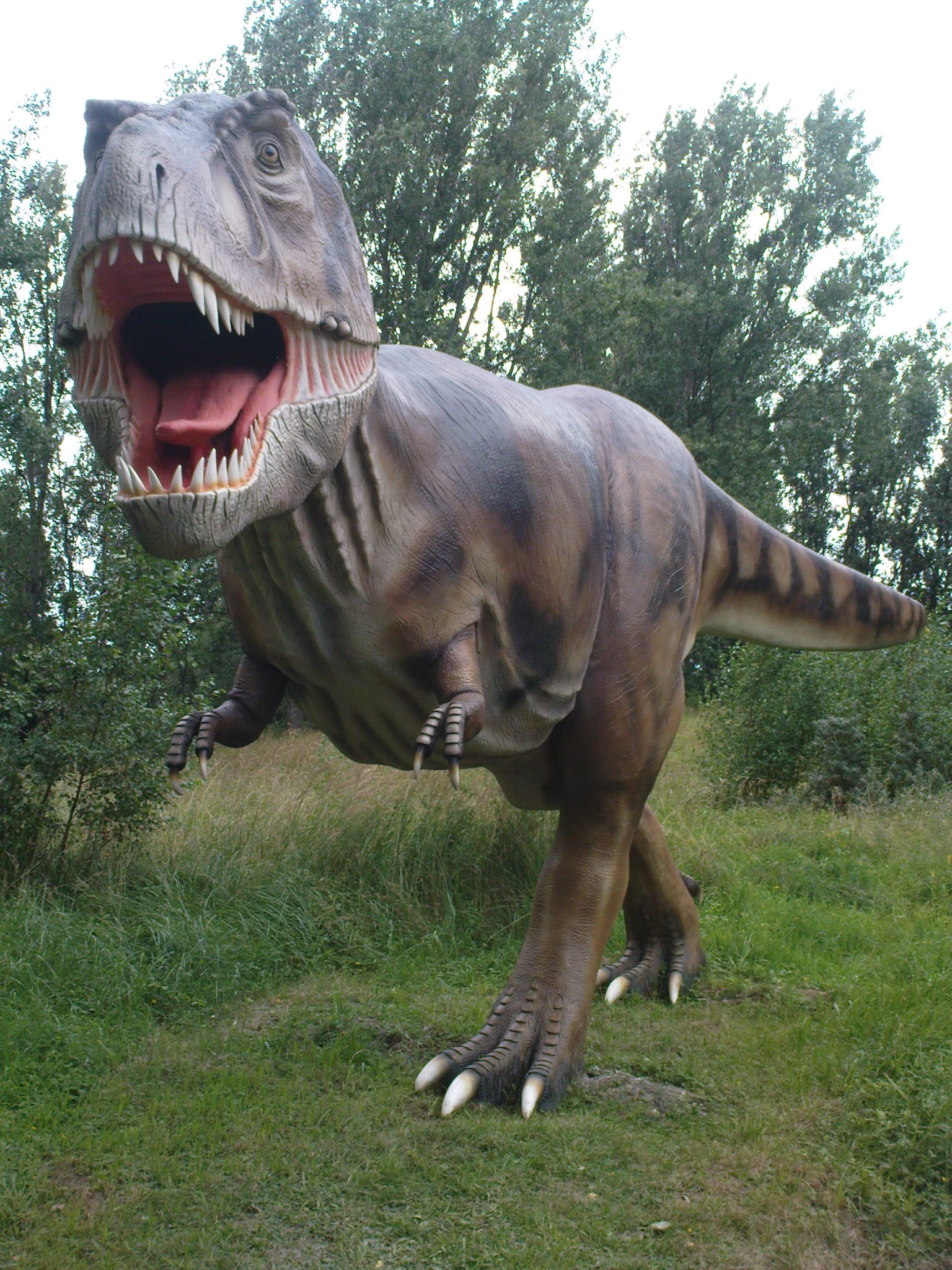
Modern board game design has revolutionized how we experience dinosaurs on the tabletop. Advanced miniature sculpting brings unprecedented detail to prehistoric creatures, while innovative game mechanics simulate complex behaviors like pack hunting, territorial disputes, and parental care. Some games even incorporate app-based elements that add sound effects and environmental changes.
The production values of today’s dinosaur games would have been impossible just a decade ago. 3D printing allows for incredibly detailed fossil pieces, while improved manufacturing techniques create game boards that look like actual prehistoric landscapes. These technological advances make the prehistoric world feel more real and immersive than ever before.
Building Scientific Intuition Through Play
Perhaps the most remarkable aspect of dinosaur board games is how they develop scientific thinking skills without players even realizing it. When you’re deciding where to place your dinosaur species based on available food sources and environmental conditions, you’re thinking like an ecologist. When you’re predicting how different species might interact, you’re developing the same intuition that paleontologists use to interpret fossil evidence.
This intuitive understanding of scientific concepts is incredibly valuable. Players learn to think systematically about cause and effect, to consider multiple variables when making decisions, and to understand how complex systems interact. These skills transfer directly to real-world scientific thinking.
The Future of Prehistoric Gaming
The dinosaur board game genre continues to evolve, with new releases regularly incorporating cutting-edge paleontological discoveries. Recent games feature newly discovered species, updated understanding of dinosaur behavior, and more sophisticated simulations of prehistoric ecosystems. The genre stays current with scientific research in ways that movies and books often can’t match.
Emerging technologies like augmented reality and advanced AI are beginning to find their way into board games, promising even more immersive prehistoric experiences. Imagine holding a fossil piece and watching it come to life through your smartphone, or playing against an AI that simulates the actual behavior patterns of long-extinct species.
Creating Lasting Memories and Connections
Beyond entertainment and education, dinosaur board games create something precious: shared experiences that connect us to our fascination with the ancient world. They transform living rooms into prehistoric landscapes and turn ordinary evenings into adventures through deep time. These games remind us that play is one of humanity’s most powerful tools for learning and connection.
The tactile experience of moving dinosaur pieces across detailed game boards, the excitement of discovering new species, and the thrill of surviving prehistoric dangers create memories that last far longer than any movie or documentary. They make us active participants in bringing the prehistoric world back to life, even if just for a few hours around the kitchen table.
Conclusion: The Enduring Appeal of Prehistoric Play

Dinosaur board games represent something profound about human nature – our endless curiosity about the past and our desire to understand our place in the grand story of life on Earth. They transform abstract scientific concepts into tangible experiences, making paleontology accessible to anyone willing to roll the dice and venture into prehistoric worlds.
These games do more than entertain; they inspire. They spark conversations about evolution, extinction, and the incredible diversity of life that once ruled our planet. They turn children into budding paleontologists and remind adults of the wonder they felt when first learning about dinosaurs. In a world increasingly dominated by screens and digital experiences, dinosaur board games offer something irreplaceable: the chance to gather around a table and bring ancient worlds back to life through imagination, strategy, and shared adventure.
The next time you see a dinosaur board game on a store shelf, remember that you’re looking at more than just entertainment. You’re looking at a time machine, a laboratory, and a storytelling device all rolled into one. Who knows? You might just discover that the most effective way to travel back 65 million years is simply to sit down, roll some dice, and let your imagination roam free in the company of the most magnificent creatures that ever lived.
Did you expect that a simple board game could transport you so completely to the age of dinosaurs?




